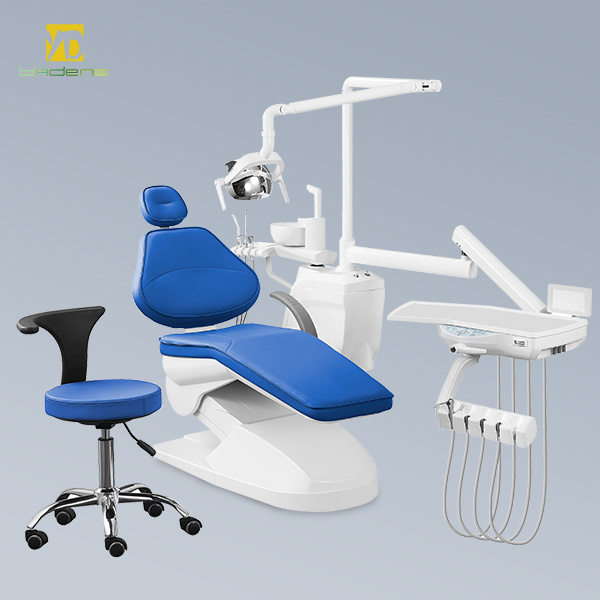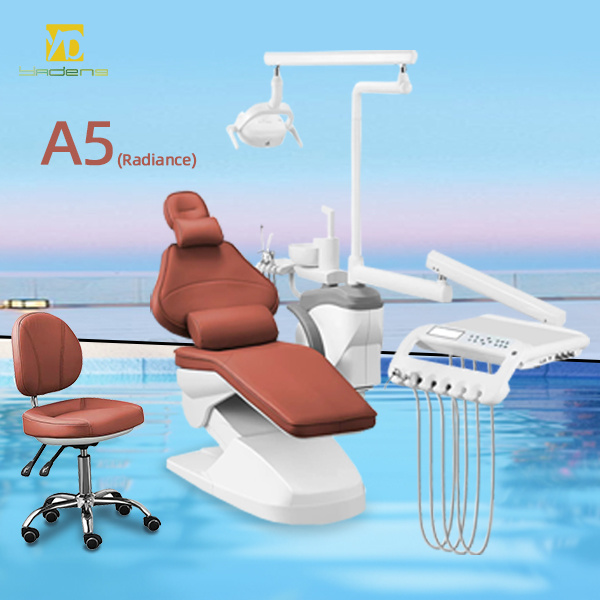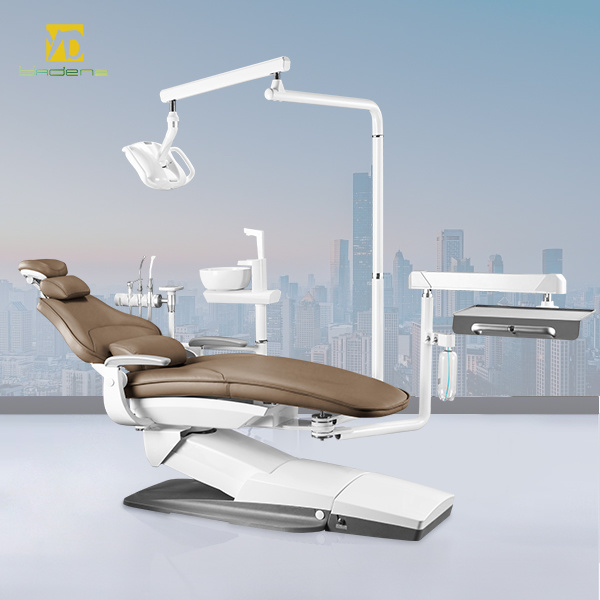Doctor's chair/Dental chair
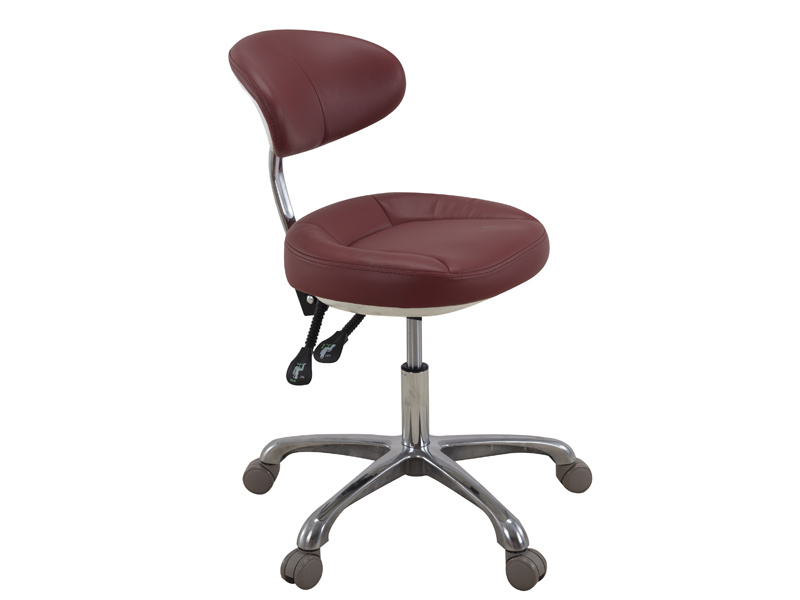
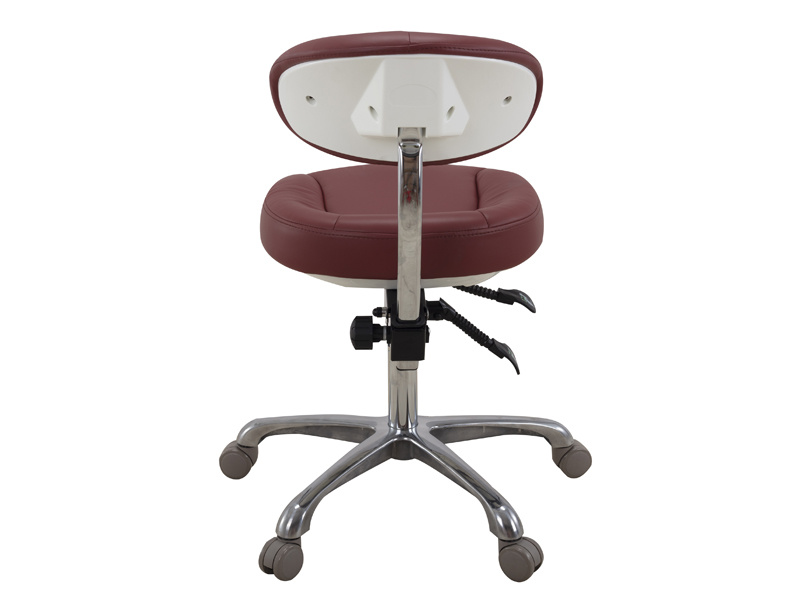


E-mail:
Product classification
Keywords
Company Sales Hotline
86-757-86603813 / 86-15916558838
E-mail:
Product classification
Keywords
Share
- Product Description
-
Dental chairs are mainly used for oral surgeries and examinations and treatments of oral diseases. Electric dental chairs are commonly used, and their main structure is divided into 8 parts (Figure 1). The entire machine is fixed to the ground by a base plate and is connected to the upper part of the dental chair through a support frame. The movements of the dental chair are controlled by a switch on the backrest. The working principle is: the control switch starts the motor to operate and drives the transmission mechanism, causing the corresponding parts of the dental chair to move. Depending on the treatment needs, by manipulating the control switch button, the dental chair can perform actions such as rising, descending, tilting forward, tilting backward, and resetting.
1. Base plate 2. Support frame 3. Seat 4. Backrest 5. Armrest 6. Headrest 7. Headrest button 8. Control switch
In the traditional sense, a dental chair generally refers to a simple dental treatment machine priced below 10,000 yuan. It is more common in limited conditions in towns and individual clinics. Older chairs generally do not come with seats for doctors and assistants, and some even lack spit bowls and suction devices, making them truly "dental chairs". Although these chairs are simpler, they can meet the treatment needs of general dental diseases. In the vast rural areas and urban communities of our country, this type of dental chair still has a considerable market in individual dental clinics. According to surveys, in 1999, it accounted for 80% of total sales, and although the survey showed a decline, it still accounted for around 72% of total demand.
In terms of hygiene and environmental protection: According to epidemiological data, there is a serious problem of cross-infection in oral diagnosis and treatment in our country. The infection rate of hepatitis B among dentists is 3-6 times that of the general population, with a positive rate of 25.8% for HBV among dentists, and the overall positive rate of HBV contamination in dental equipment is 62%. Therefore, preventing cross-infection of dental equipment is an important factor to consider in the design of dental chairs.
Previous page: None
Previous page: Doctor's chair
Immediate consultation
Note: Please leave your email address and our professionals will contact you as soon as possible!
Related Products

